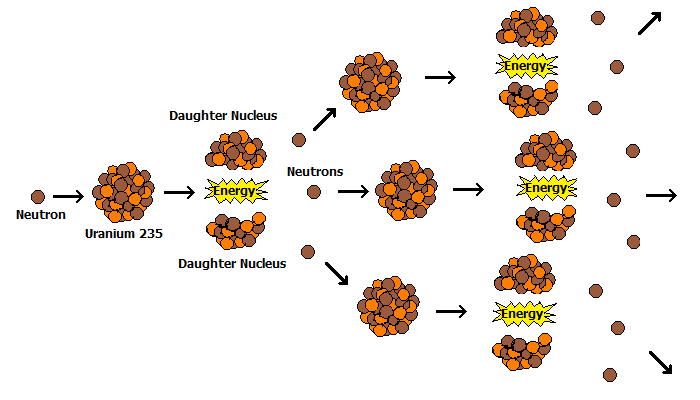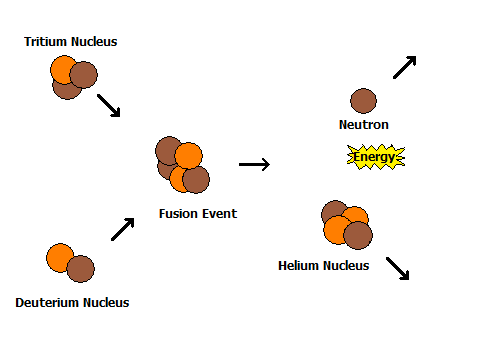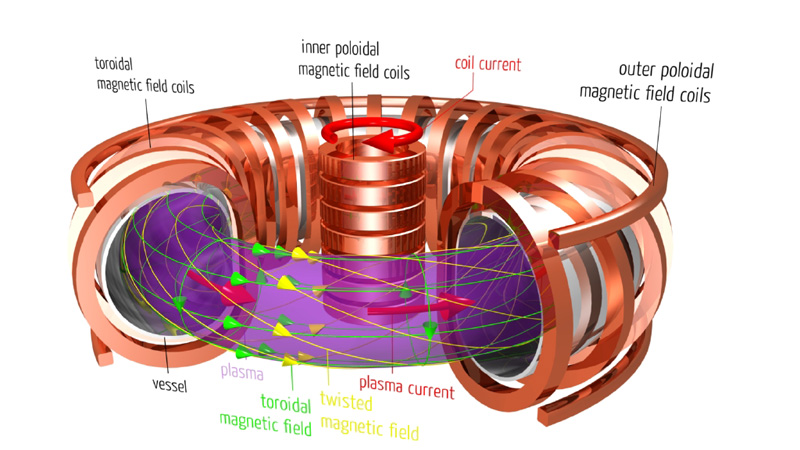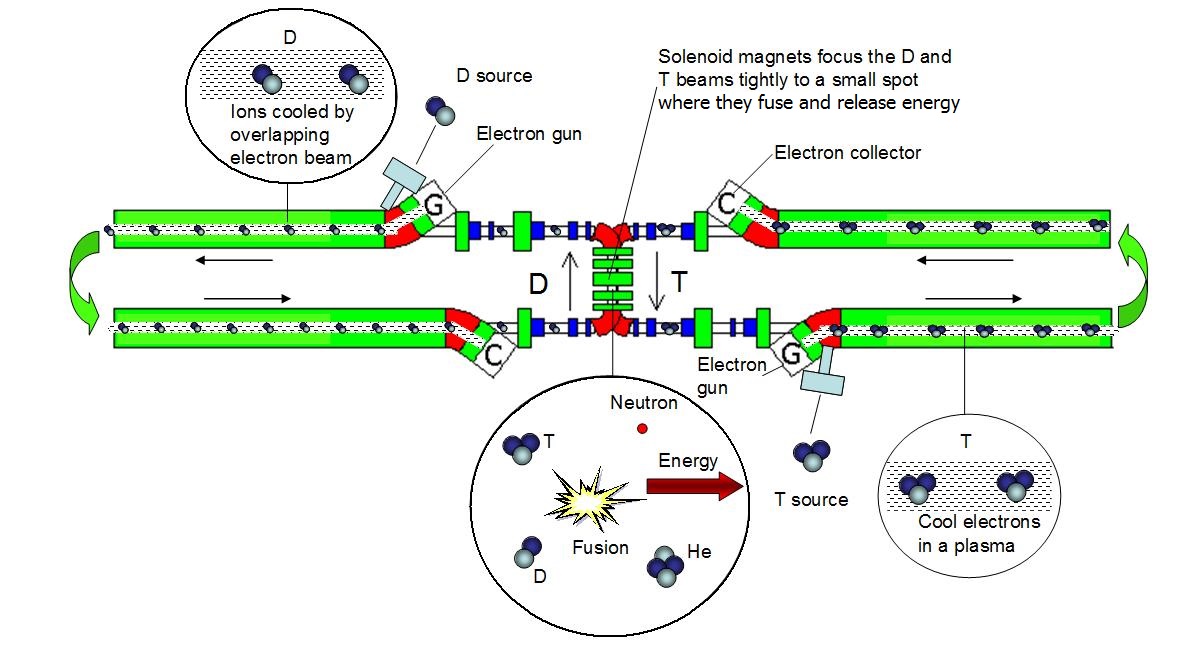Fusion - Clean, Safe, Abundant Nuclear Power
Fusion energy has long been known to be the best possible means to provide power to mankind. It is fusion energy that powers the stars - including our own sun. The fusion reaction produces ten million times more output power than chemical reactions, and the fuel needed is found in seawater - it is essentially an unlimited supply that will last for billions of years at present consumption rates. Additionally, the fusion reactions produce no long lived nuclear waste, there is no possibility of run-away nuclear accidents, it produces no materials capable of building fission bombs, and there are no greenhouse gas emissions from fusion reactions.With such tremendous promise, fusion energy research was begun with the expectation of quickly bringing all of its advantages to mankind. Unfortunately, that promise has not yet been reached.
A Quick Look at Nuclear Reactions
To understand how fusion energy promises to overcome the many worrisome problems associated with traditional nuclear power, as well as to understand how both fission and fusion work, it is helpful to look at the underlying reactions that power each alternative.Fission. First, let's look at fission:



